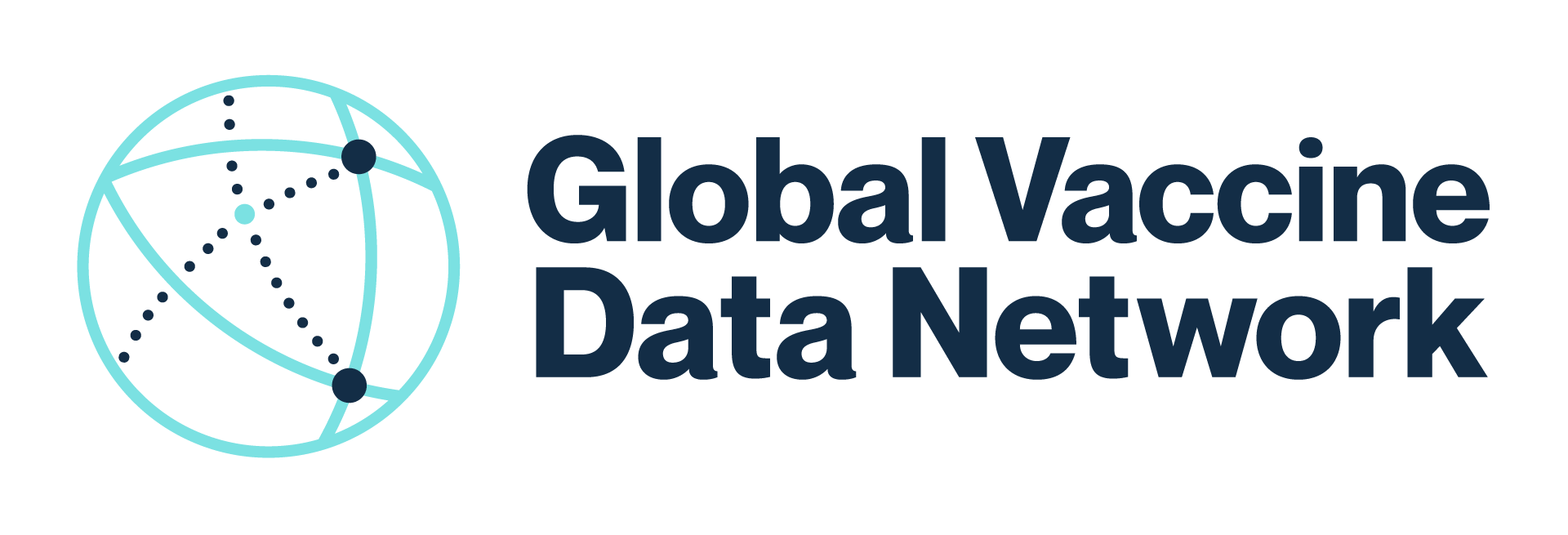The study published in the journal Vaccine, What would have happened anyway? Population data source considerations when estimating background incident rates of adverse events following immunisation to inform vaccine safety, focused on finding out how often certain health events might be expected to occur by chance alone after people get vaccinated. Researchers analysed hospital admissions, emergency department presentations, and general practice consultations from 2015 to 2019 in Victoria, Australia to estimate background incident rates for 37 conditions considered potential AEFI of special interest (AESI) per 100,000 population. They then calculated and presented as cases expected to occur coincidentally 1 day, 1 week and 6 weeks after vaccination, by life-stage age-groups and presenting healthcare setting. Having local real-world data is crucial for keeping vaccines safe by helping detect problems and investigate them. Knowing how often certain health events typically happen anyway may help people feel more confident about getting vaccinated.
The researchers conclude that emergent safety concerns are inevitable in population-wide implementation of new vaccines, therefore understanding local background rates aids both safety signal detection as well as maintaining public confidence in vaccination. Hospital and primary care data sources can be interrogated to inform expected background incident rates of adverse events that may occur following vaccination. However, it is necessary to understand which data-source provides best intelligence according to nature of condition and presenting healthcare setting.
